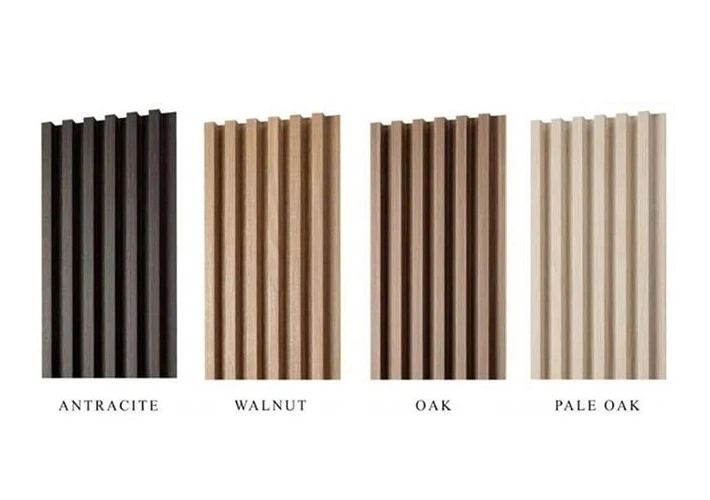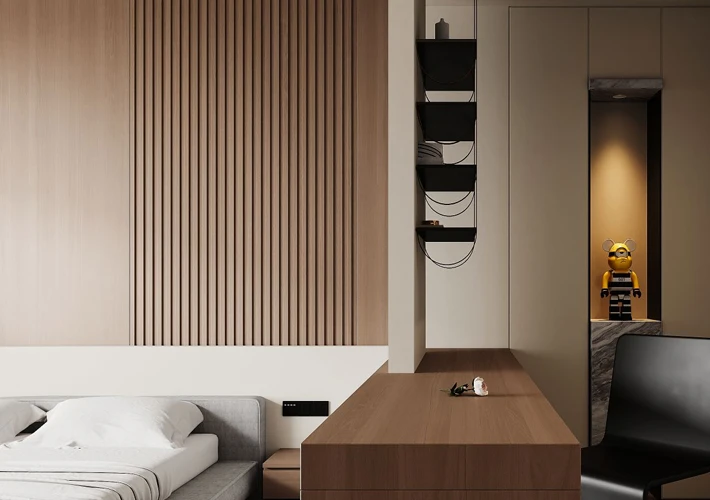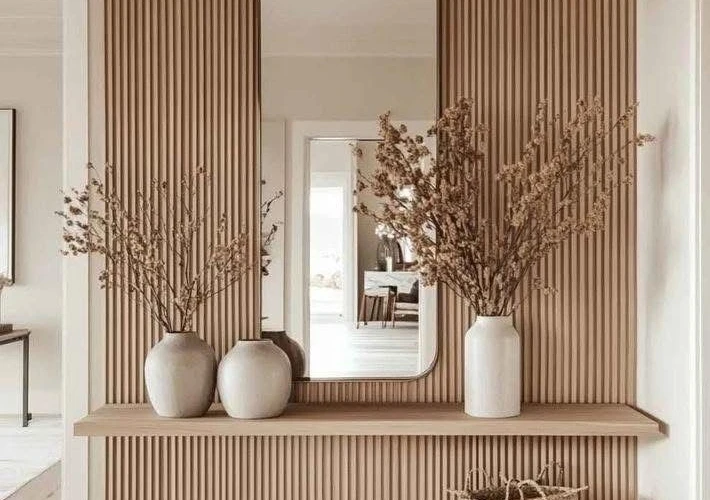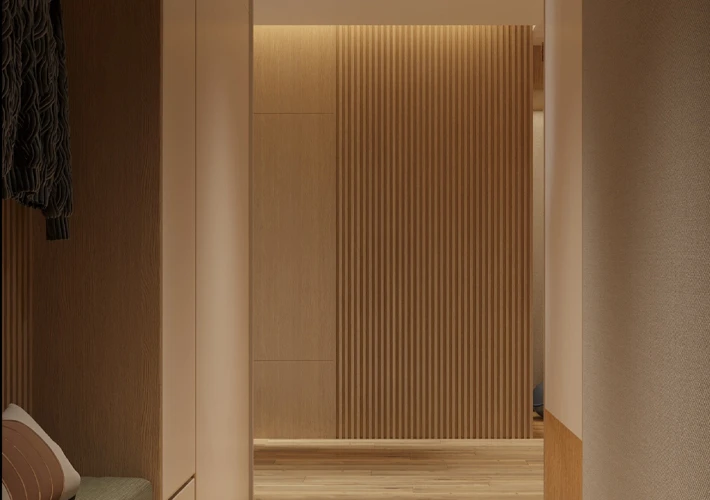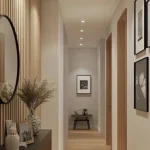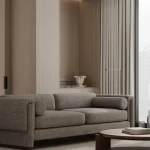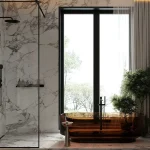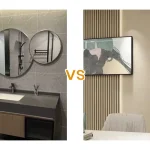Nos sites
PHOTOS ET OUTILS DE CONCEPTION
IDÉES DE CONCEPTION
- How to Choose Materials for 5 Star Hotel Bathroom Design
- Best Hotel Rest Area Design Ideas for Luxury & Comfort
- What Are Some Commonly Used Wall Panels in Hotel Bathroom Design?
- How to Choose Luxury Hotel Furniture for a 5-Star Guest Experience
- Top Trending PVC Wall Panel Designs for 2025
- Hotel FF&E Design Trends 2025 | China Hotel FF&E Manufacturer & Supplier
- What Are the Main Types of Hotel Cabinets?
- How PVC Marble Sheets Enhance Luxury and Durability in Hotel Wall Decoration
CHAMBRES ET ESPACES
- How to Choose the Right Bed for a Hotel?
- Popular Colors and Applications for Acoustic Panels
- Wooden, Metal or MDF? Best Materials for Hotel Bedside Tables
- Best Hotel Room Furniture Suppliers for 3–5 Star Hotels
- What Are the Advantages of Acoustic Panels for Office Use?
- Modern Hotel Furniture Trends and FF&E Packages for US Resorts
- What is the Furniture Used in a Hotel?
- Best Acoustic Panels for Studios, Theaters & Conference Rooms
COMMENT INSTALLER
- How to Install Bamboo Charcoal Wood Veneer
- Les panneaux acoustiques doivent-ils être posés sur les murs ou les plafonds ?
- Guide de pose des plaques de marbre en PVC, étape par étape
- Méthode d'installation des panneaux muraux en WPC
- Comment installer les panneaux muraux SPC ?
- Comment installer un placage en bois de bambou et de charbon de bois ?
- Améliorer la qualité du son avec des panneaux acoustiques
- Comment installer Bamboo Charcoal Wood Veneer ?
COMMENT NETTOYER
CHAMBRES ET ESPACES
LES MEILLEURS CONSEILS D'EXPERTS
- Bamboo Charcoal Wood Veneer Price Guide & Global Market Trends
- Top WPC Wall Panel Manufacturer and Factory for Global Projects
- Top 10 Best Acoustic Panels for Modern Interior Decoration
- How to Choose the Best Hotel Luxury Sofa for Your Project
- Latest Market Trends of WPC Wall Panels in 2025
- Common Sizes of Acoustic Wood Paneling: A Comprehensive Guide for Global Buyers
- Why Import WPC Wall Panels from China? Advantages and Trends
- Tips for Selecting Studio Acoustic Panels
APPRENDRE LES BASES
- Quelle est la durée de vie des panneaux muraux en WPC ?
- What Are the 7 Components of the Hotel Concept?
- Complete Guide to PVC Panels for Shower Walls
- What Is the Difference Between WPC Wall Panels and SPC Wall Panels?
- Bamboo Charcoal Wood Veneer VS PVC Marble Sheet
- What is the Price of 8×4 PVC Marble Sheet?
- What Are the Raw Materials for WPC Wall Panels?
- Why Are Acoustic Wood Panels So Popular in Canada?
COLLECTIONS POPULAIRES
INSPIRATION
COLLECTIONS POPULAIRES
INSPIRATION
COLLECTIONS POPULAIRES
INSPIRATION
COLLECTIONS POPULAIRES
INSPIRATION
INSTALLATION ET CONSEILS
COLLECTIONS POPULAIRES
INSPIRATION
INSTALLATION ET CONSEILS
A propos de nous
EXPLOREZ LES ÉTATS-UNIS
INSTALLATION ET CONSEILS

